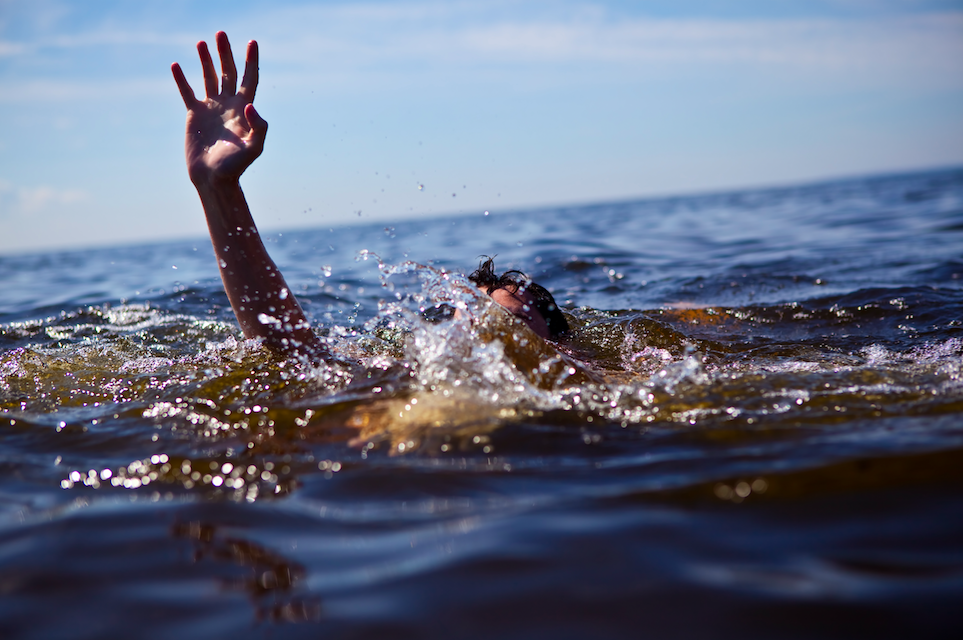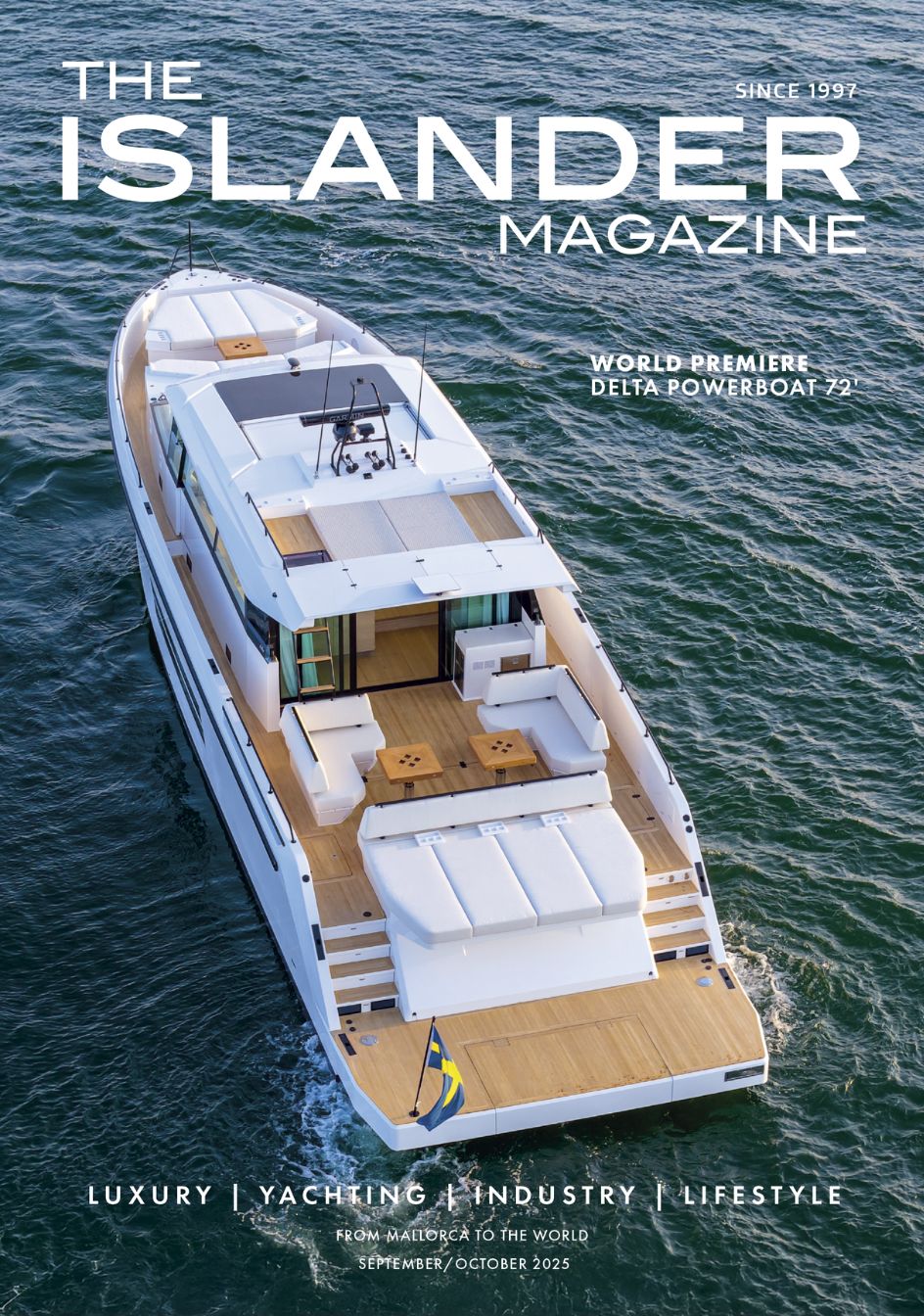Superyacht crew have a massive array of water sports and activities to be good at and to supervise. Just take a moment to think about actually how many different in water activities these awesome young guys and girls take part in. Swimming, snorkeling, seabobs and jet skis, freedive and SCUBA dive, stand up paddle, hover boards, water skiing, wake boarding, towing bananas and tubes, fishing, spear fishing plus all the new super toys that are hitting the market like slides and inflatable water parks and jet packs, the list is almost endless.
As a business owner that provides just a handful of these activities I am constantly looking at how we can make our working day safer and more enjoyable for our crew and for our clients. For me to begin to imagine how captains and senior officers deal with risk assessing such a large variety of in water activities is almost incomprehensible! I take my hat off to you all for making these in water activities safe!
But are they really as safe as they can be? Do your crew really know how to deal with in water emergencies and life threatening situation in the water?
Before we talk a little more about yachting, lets have a look at some statistics from The World Health Organization (WHO) and The Royal Life Saving Society of Australia regarding drowning’s in 2015!
2015 WHO Drowning report states “ Drowning is a serious and neglected public health threat claiming 372000 people a year worldwide.” It also states “More than 90% of these deaths occur in low and middle income countries.”
So my conclusion to these statements is that for yachting to gain benefit from statistics we need to go to a source that is a better representation of the yachting industry. This, I think, is the Royal Life Saving Society of Australia (RLSS), as it is has been impossible for me to find any overall statistics on yachting related fatalities or incidents.
The RLSS 2015 drowning report findings are extremely interesting. There were a total of 271 people who drowned in Australia in 2014/15. 80% were male and 20% were female victims.
Rivers, creeks and streams were the locations with the highest number of drowning deaths. Beaches came in second, ocean and harbor locations in third place and swimming pools with the fourth largest number of drowning deaths in 2014/15 in Australia.
How these drowning happened is just as interesting…
- 20% Watercraft
- 23% Swimming and recreating
- 7% Bathing
- 7% Diving
- 16% Falls
- 7% Fishing
- 4 % Non aquatic transport
- 13 % Unknown (Not witnessed)
- 2% Swept away
- 1% Other (fishponds, drains & troughs)
The age group with the highest number of drowning victims were people aged between 45 and 54 followed by people aged between 25 and 34.
The statistics I have shown in this article are just scratching the surface and by all means are not directly based on yachting. However, if you look at the locations where these drowning happen and the age demographics of who is drowning it can be related to yachting and the risk that is involved in what yacht crew have to do in their day to day working lives.
If you have any interest in these statistics I recommend you download the reports and have a read, they paint a very sad picture. Why? Simply because most of the fatalities could have been prevented by some very basic actions!
The World Health Organization promotes the prevention of drowning through various actions, some of these include teaching school age children water safety and rescue skills, train bystanders in safe rescue and resuscitation, better supervision of recreational swimming areas, improve swimming and water safety skills generally. The RLSS promotes the use of public beaches that are patrolled by professional lifeguards.
So what does all this mean to yachting? Are yacht crew going to become lifeguards? Are lifeguard skills alone enough to fully support the supervision of in water activities from luxury yachts and the successful rescue of owners, guests or crew that may have an accident in the water?
A full professional lifeguard course is on average a 7-day course, duration varies from country to country and organization to organization. Understanding the time restraints yacht crew are under and the massive amount of training they already undertake, I don’t see a future where yacht crew all hold professional lifeguard qualifications. Maybe a few key crew members holding a lifeguard certification would make some sense. So what about the majority of crew members that will not gain this certification?
Superyacht In Water Supervision & Rescue© is a new and very appropriate course specifically designed for yacht crew that have to be experts in supervising such a huge array of in water activities. This course has been created by SSI (Scuba Schools International) and Ondine Diving with accreditation from the PYA (Professional Yachting Association).
A 2 day course that introduces yacht crew to basic in water managerial roles and responsibilities, basics of snorkeling, freediving & lifeguarding, specific techniques used with rescue aids and also assist in fine tuning existing in water safety procedures on board, with an end of course report given to the captain of the yacht so as he or she has a clearer understanding of their crews in water strengths and weaknesses. A valuable tool for organization throughout busy charter seasons and boss trips!
Prevention through pro-active training and drills is the best and only way to prevent fatalities on board when it comes to in water recreational activities!
First aid and medical training has formally existed in yachting for many years but there has not been any formal concentration on what happens in the water, until now!
“Taking the knowledge of practical skills out of the classroom and practicing on the water is invaluable, and may well save a life someday.”
Dr. Spike Briggs Director Medical Support Offshore LTD
Happy sailing folks and be safe!
Brad Robertson
www.SuperyachtLifeguard.com
info@superyachtlifeguard.com

















0 Comments